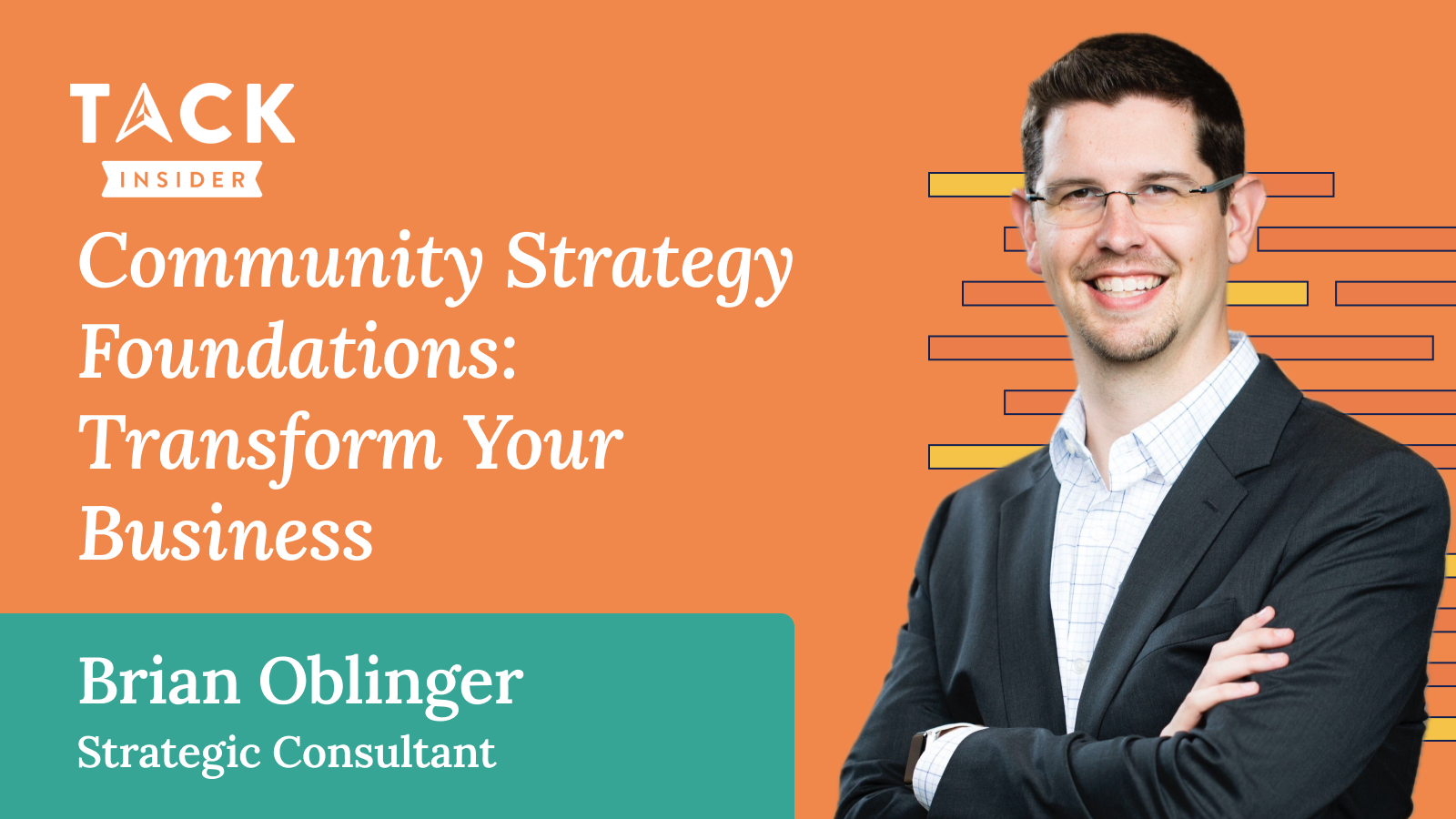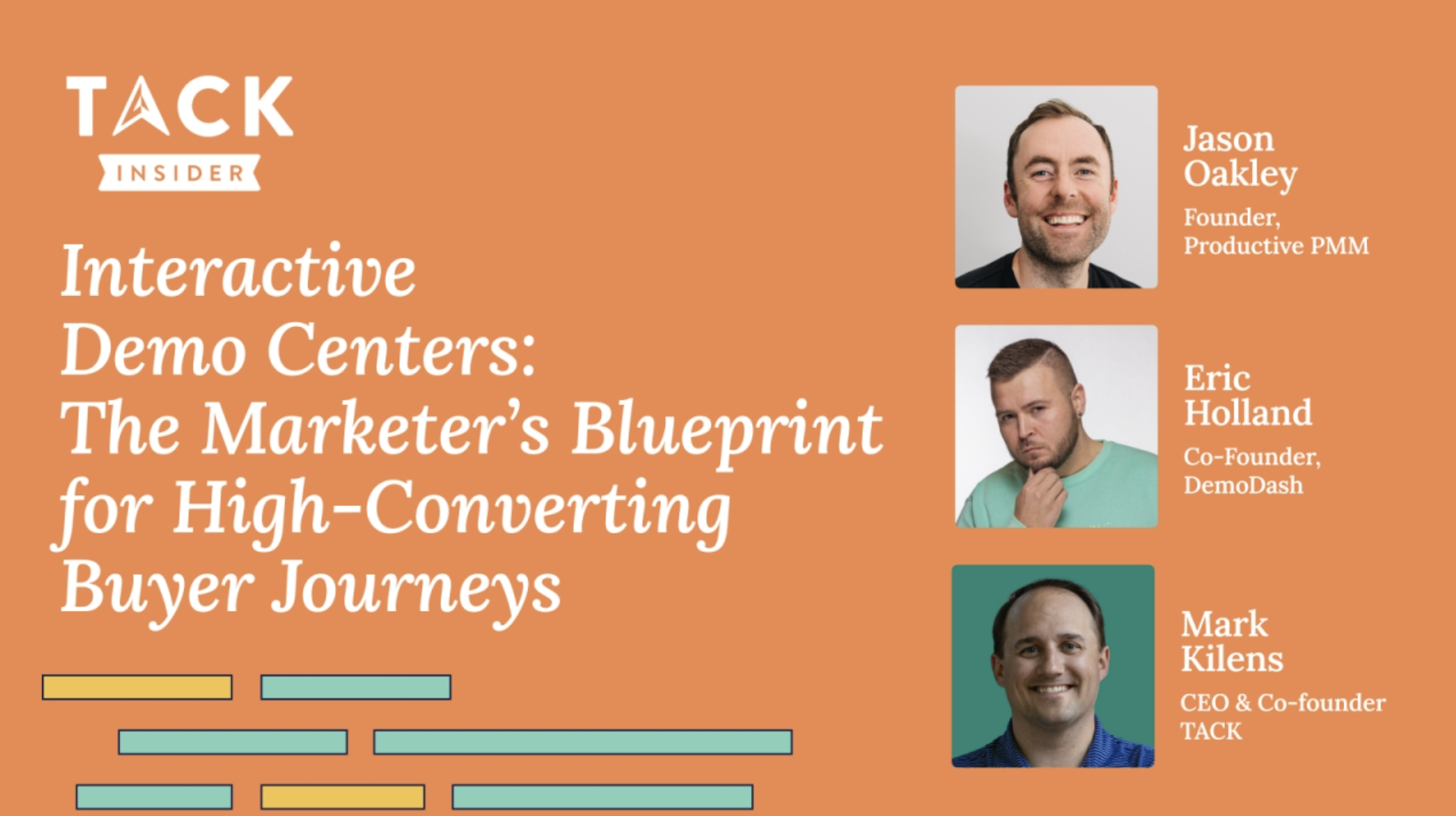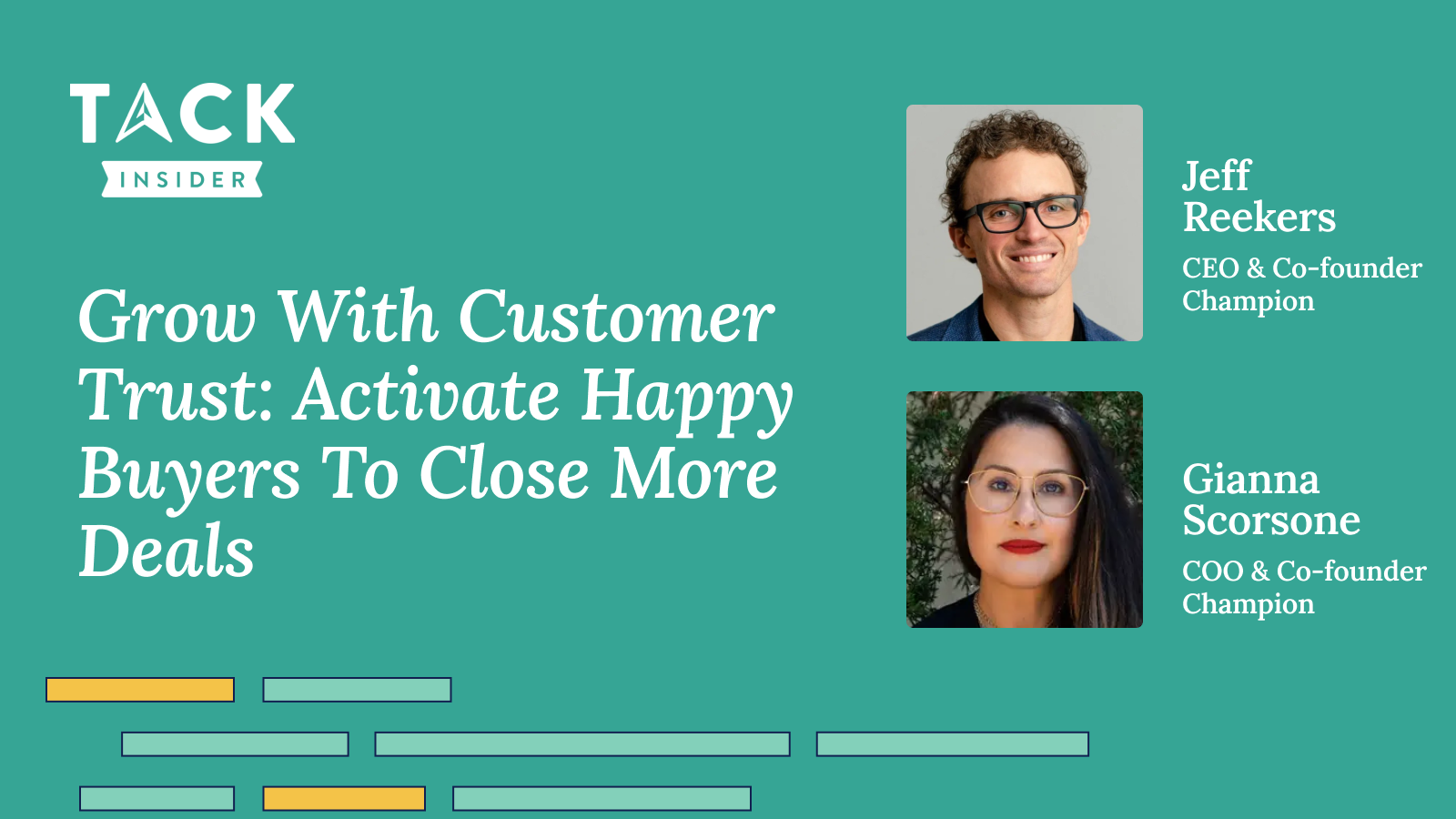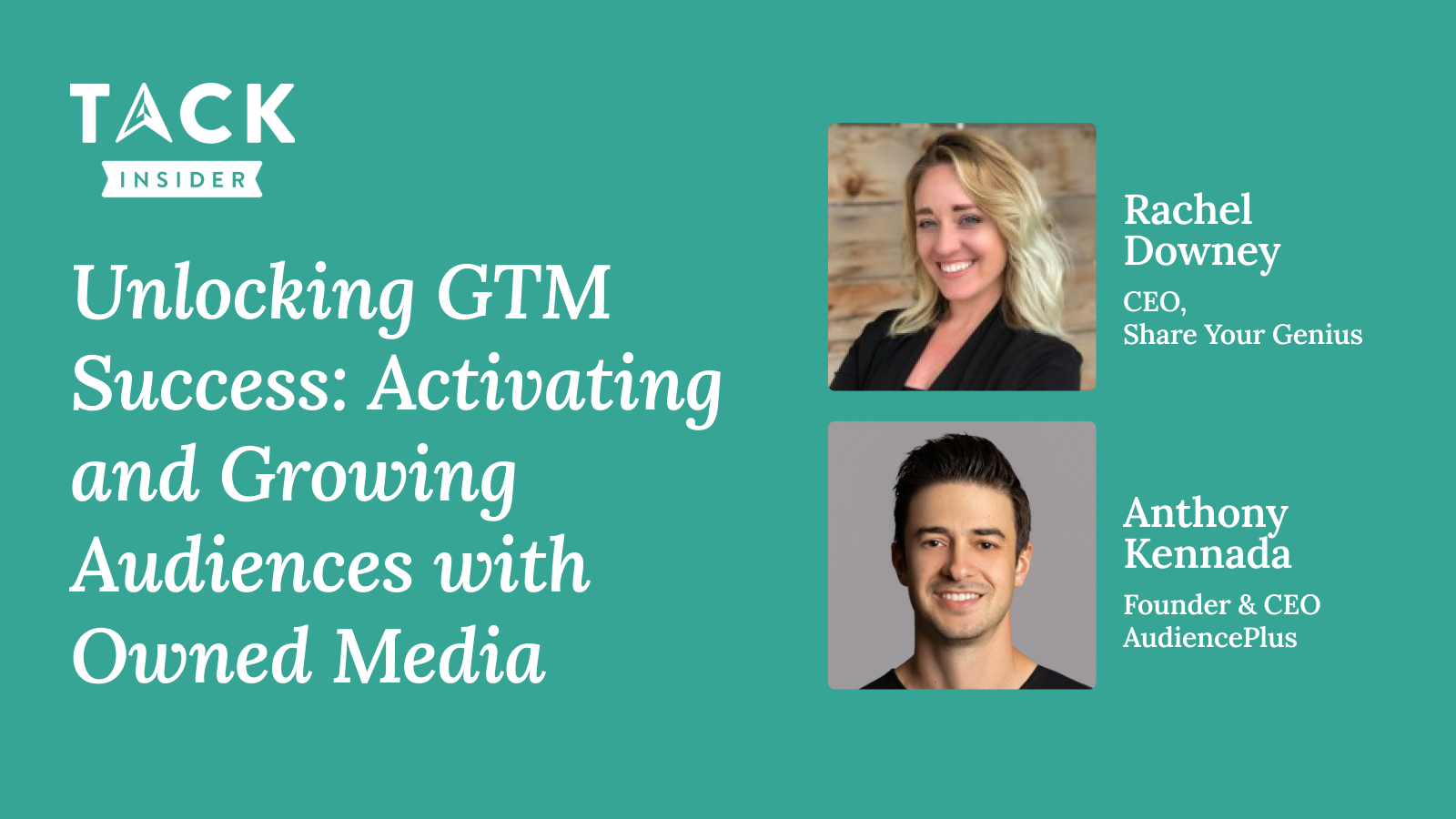Welcome to an enlightening session with Brian Oblinger, a veteran in the community-building space. With over 20 years of experience, Brian has helped numerous companies develop thriving communities. In this webinar, he shares foundational strategies for creating successful communities, emphasizing the importance of content, technology, and engagement.
Community Strategy Foundations: Transform Your Business
Nick Bennett kicks off the session, introducing Brian Oblinger and highlighting the technical issues that briefly delayed the start. Brian expresses his excitement about sharing valuable insights on structuring community strategies.
Defining Community: Brian begins by defining community. He emphasizes three key elements: a group of people with common interests, a shared experience, and a desire to help each other. He explains that a true community is built on mutual support and shared goals.
Importance of Community: Brian discusses why community is crucial for businesses. He outlines several benefits:
- Cost Reduction: Communities can lower support costs by enabling users to help each other.
- Go-to-Market Strategy: Communities drive leads, revenue, and customer retention.
- Scalability: A well-built community can grow efficiently with minimal additional resources.
- Differentiation: A strong community creates a unique customer experience, building loyalty and advocacy.
- Internal Collaboration: Building a community encourages cross-departmental collaboration within a company.
Key Components of Community Strategy:
-
People:
- Customer Focus: Prioritize solving customer problems over business goals.
- Understanding Motivations: Develop detailed personas based on customer goals and motivations.
- Active Listening: Use surveys and direct communication to understand customer needs.
-
Content:
- Value of Content: Content is essential for attracting and retaining community members.
- Subject Matter Expertise: Leverage internal knowledge and support systems to create valuable content.
- Consistent Updates: Continuously update and expand content to keep the community engaged.
- Starting Small: Begin with the most common customer questions and expand from there.
-
Programs:
- Acquisition: Use various channels to attract new community members.
- Conversion: Encourage visitors to become active members through calls to action and gated content.
- Onboarding: Implement onboarding programs to help new members navigate and engage with the community.
- Engagement: Develop programs to keep members active and engaged, such as contests, challenges, and events.
-
Technology:
- Platform Choice: Choose the right platform based on your community's needs and goals.
- Integration: Ensure seamless integration with other systems like CRM and support platforms.
- Data and Analytics: Use tools to track and analyze community activity and success.
-
Design:
- User Experience: Focus on both aesthetics and functionality to create an intuitive and engaging community experience.
- Information Architecture: Organize content and navigation to make it easy for users to find what they need.
- Balancing Beauty and Utility: Aim for a design that is both visually appealing and highly functional.
Operationalizing the Strategy: Brian emphasizes the importance of translating strategy into action. He presents a high-level roadmap that outlines the steps needed to implement a community strategy, from defining personas to creating content and choosing the right technology.
Measurement: Brian concludes with a discussion on measurement. He highlights the importance of aligning community goals with business objectives and using data to track progress and success. He provides examples of KPIs for different business goals, such as customer retention, support cost reduction, and lead generation.
FAQs:
-
What is the first step in building a community strategy? Start by understanding your customers' needs and motivations. Develop detailed personas to guide your strategy.
-
How can content drive community engagement? High-quality, relevant content attracts members and keeps them engaged. Regularly update and expand your content to address evolving customer needs.
-
What role does technology play in community building? Technology supports the community by providing a platform for interaction, integrating with other systems, and offering data and analytics for measurement.
-
Why is design important in a community strategy? Good design ensures an intuitive and engaging user experience, making it easy for members to find value in the community.
-
How can we measure the success of our community strategy? Align your community goals with business objectives and use KPIs to track progress. Examples include customer retention rates, support cost reduction, and lead generation.
External Links:
By implementing these foundational strategies, you can build a thriving community that drives business success and creates a loyal customer base.






